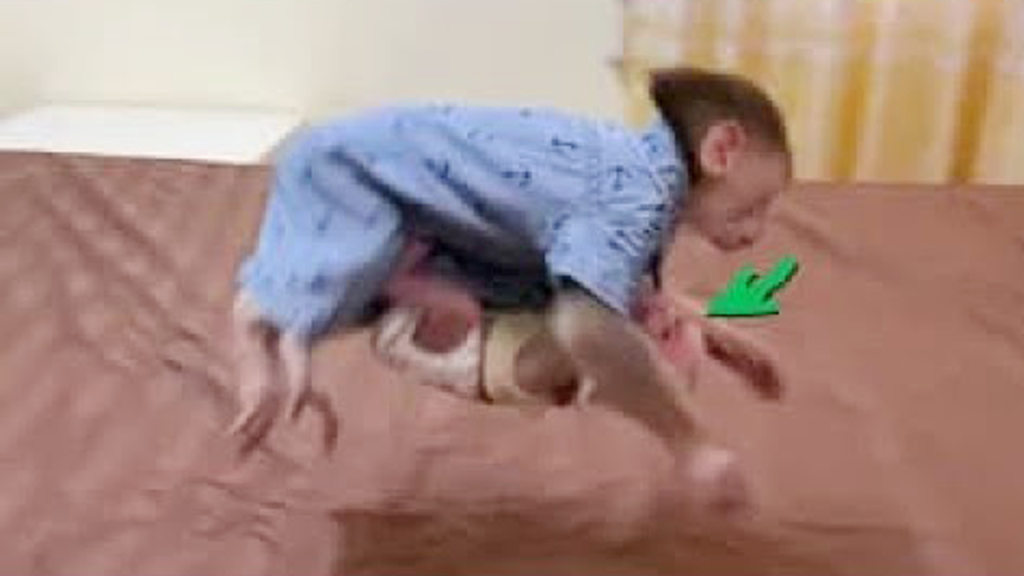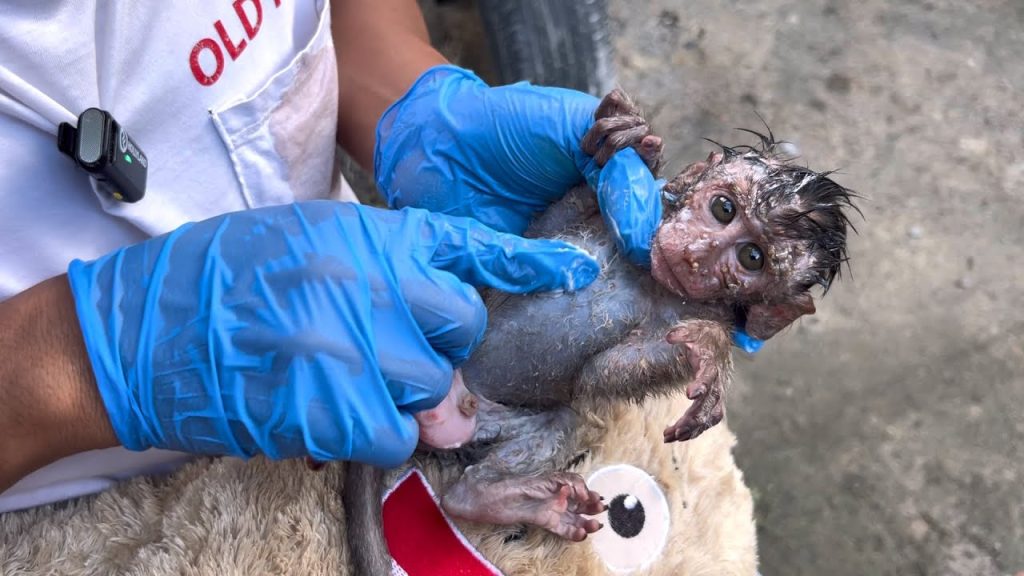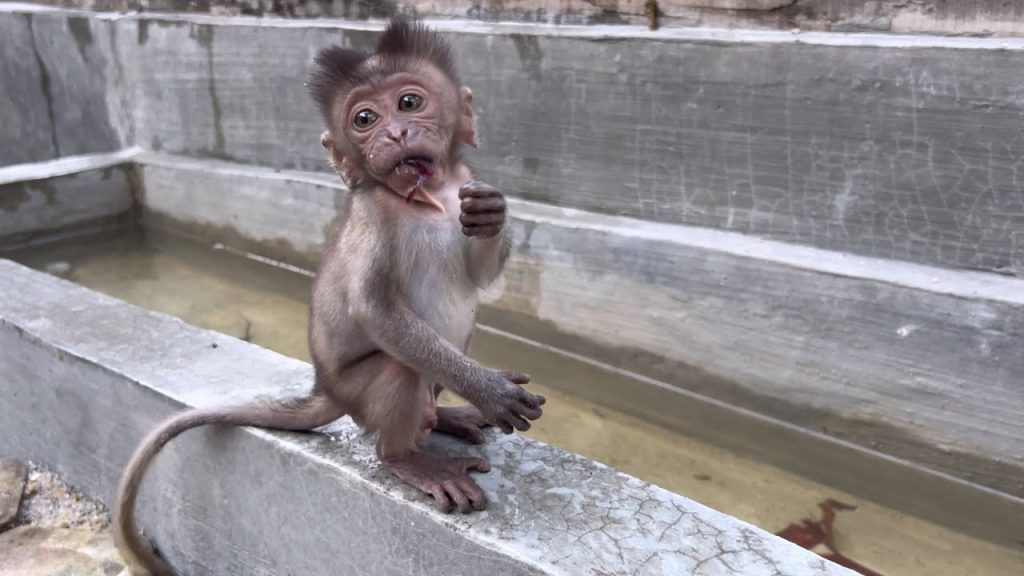
When ChiChi shouts loudly “please — please!” and Pavpav jumps up high at the same time, the moment looks chaotic, almost comedic, but underneath that chaos is rich emotional data. Young primates, especially social ones raised around other babies, carry enormous internal energy that is not yet organized into mature behaviour. ChiChi’s shouting is not merely verbal noise — it is an unfiltered broadcast of emotional demand. She wants something, she wants attention, she wants control of the current moment, she wants the universe to respond instantly. She screams because inside her nervous system, urgency equals volume. She does not yet understand that calm communication can be effective. At this developmental stage, her instinct says the louder she is, the more the world must bend to her.
And meanwhile Pavpav, instead of responding to ChiChi’s shouting in a direct way, takes his own instinct and expresses it through physical movement — jumping high, leaping upward, almost like releasing electricity through his limbs. His vertical motion is emotional overflow. Many young monkeys literally jump when energy inside the body spikes higher than the capacity of the brain to hold it still. This is why his reaction does not match ChiChi’s request. She screams “please” but he turns the whole moment into motion. He is not trying to answer her — he is escaping the emotional noise by pushing it into the air.
In a group environment, these two behaviours colliding at the same second can create chain reaction tension. ChiChi’s screaming could trigger other babies to become anxious or jealous. Pavpav’s leaping could accidentally bump others or crash into someone smaller. So the caregiver’s job is to act not as a judge of right and wrong, but as a regulator. With soft physical boundaries, objects to redirect focus, and calm tone, the chaos can be reshaped into a learning opportunity.
For ChiChi, the lesson must be: loudness does not create power. Calmness gives more reward. When she quiets her voice, she should immediately receive gentle attention or a small positive experience. For Pavpav, the teaching method is slightly different: jumping is fine, but it must be safe, and not near others’ faces or fragile objects. Teaching these two things simultaneously builds a shared code: excitement can exist but not hurt others.
Eventually, when these patterns repeat, the group begins to mature. They learn emotional storms can be channeled — not explode uncontrolled.


